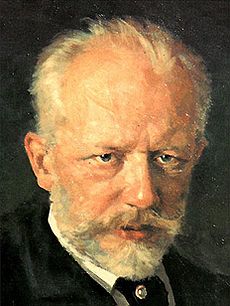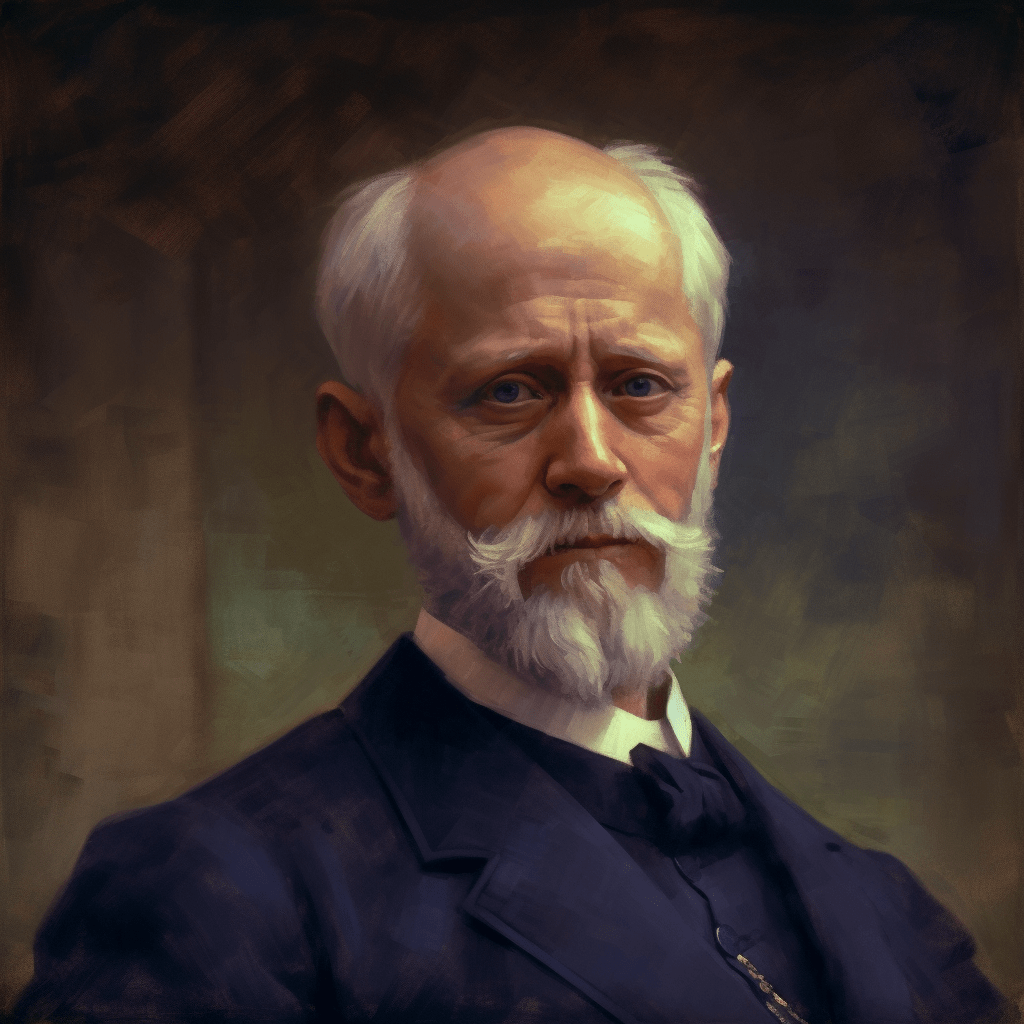The 1812 Overture, one of the most famous orchestral compositions in history, was composed by Pyotr Ilyich Tchaikovsky in 1880. Known for its powerful brass, rousing melodies, and dramatic use of cannon fire, the piece has become synonymous with grand celebrations and patriotic fervor.
Origins and Commission
The overture was commissioned to commemorate Russia’s victory over Napoleon’s Grande Armée in 1812. In that year, Napoleon invaded Russia, leading to the bloody Battle of Borodino and the eventual retreat of French forces after Moscow was set ablaze. The Russian resistance and harsh winter dealt a crushing blow to the French army, marking a pivotal moment in European history.
Tchaikovsky was asked to create a musical tribute for the completion of Moscow’s Cathedral of Christ the Saviour, a monument dedicated to Russia’s triumph. Although he accepted the commission, he was not particularly enthusiastic about the task. He even expressed doubts about the composition’s artistic value, seeing it as more of a patriotic spectacle than a deeply inspired work.
Composition and Structure
Tchaikovsky composed the overture in a matter of six weeks during the summer of 1880. The piece follows a clear programmatic structure, musically depicting the conflict between Russia and France.
- Introduction: The overture begins with a solemn Russian Orthodox hymn, “Spasi, Gospodi, lyudi Tvoya” (“O Lord, Save Thy People”), evoking prayers for Russia’s protection.
- French Advance: The melody of the French national anthem, La Marseillaise, is introduced, representing Napoleon’s forces.
- Battle Sequences: Intense orchestration and dramatic tension illustrate the battles between the Russian and French armies.
- Turning Point: The Russian nationalistic theme, “God Save the Tsar!”, emerges, signifying the counterattack and ultimate victory.
- Climax and Celebration: The grand finale erupts with cannon fire, bells, and triumphant brass, celebrating Napoleon’s retreat and Russia’s salvation.
Innovative Use of Sound Effects
One of the most striking elements of the 1812 Overture is its use of actual cannons and church bells in performance. Tchaikovsky envisioned a grandiose spectacle with real artillery, making it one of the first compositions to incorporate such effects. While this was logistically challenging in the 19th century, modern performances—especially in outdoor settings—often include live cannon fire to achieve the full impact of his vision.
Premiere and Reception
Surprisingly, the overture did not receive its intended debut at the Cathedral of Christ the Saviour. Instead, it was first performed at the Moscow Exhibition of 1882, conducted by Ippolit Al’tani. The piece quickly gained popularity, becoming a staple of Russian national celebrations.
Despite Tchaikovsky’s initial misgivings, the 1812 Overture became one of his most famous works. Over time, it transcended its original historical context and is now widely performed at patriotic events, particularly in the United States, where it has become a Fourth of July tradition, often accompanied by fireworks and military bands.
Legacy and Cultural Impact
The 1812 Overture remains one of the most recognizable and frequently performed orchestral works worldwide. From its historical roots in Napoleonic warfare to its modern-day association with national pride and celebration, Tchaikovsky’s composition endures as a symbol of musical grandeur and dramatic storytelling.
Whether played with full symphony orchestra, complete with cannon fire and pealing bells, or as a rousing concert hall piece, the 1812 Overture continues to captivate audiences with its sheer power and evocative narrative, making it one of Tchaikovsky’s most enduring masterpieces.


No responses yet